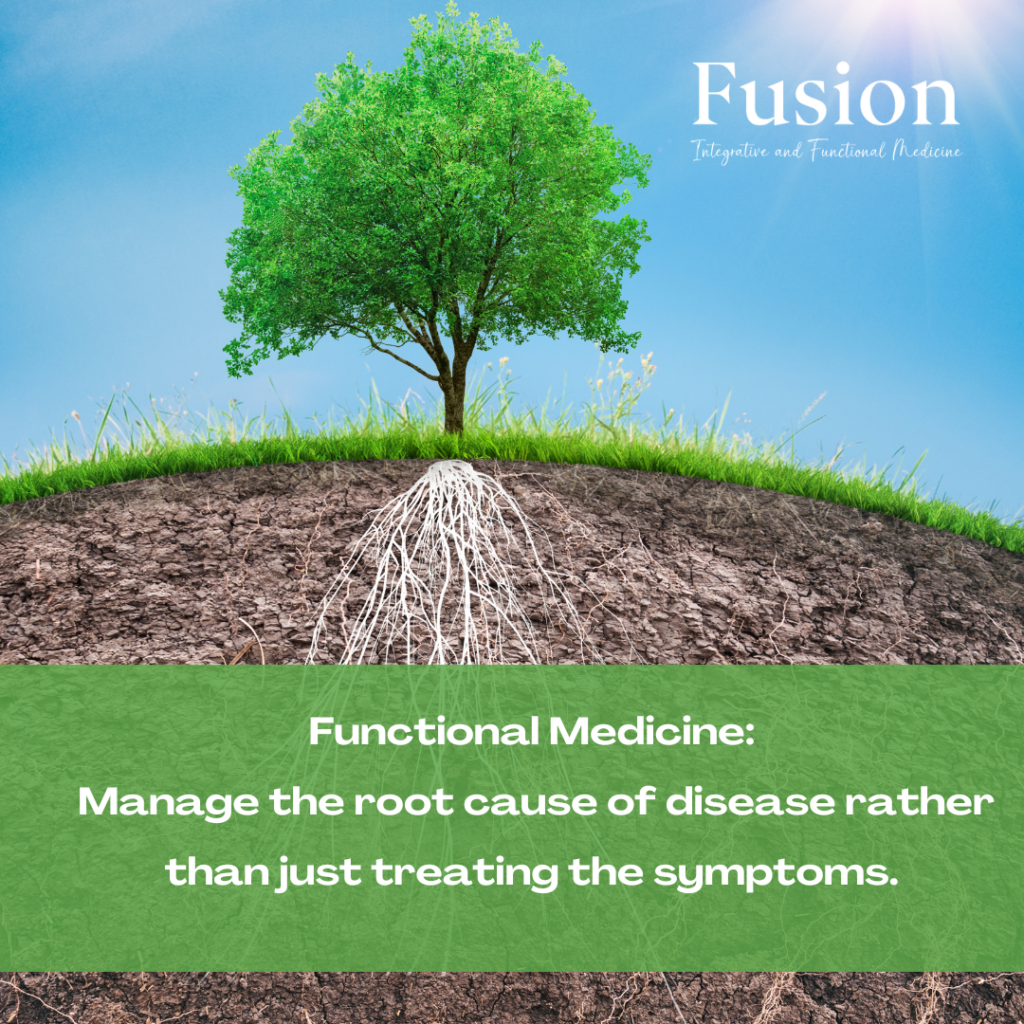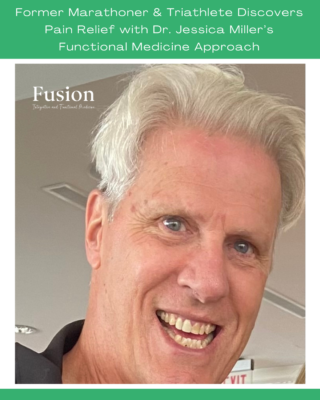“On January 23, 2023, I set a personal goal of cumulatively swimming 150 miles (equal to the width of the English Channel.) I will complete my goal this week, November 2024. Determining my next challenge comes next. I could not have achieved this without the care and guidance from Dr. Miller.”
When Stuart had exhausted traditional medicine treatments and medications, he refused to give up and sought the guidance of Dr. Jessica Miller, a Marlboro, NJ, physician specialist specializing in Functional and Integrative Medicine.
“When I met Dr. Miller in 2017, my health was a mess,” recalls Stuart G., a retired optical industry professional and competitive athlete. “I was a competitive recreational athlete for over 30 years until health and environmental issues compromised my ability to participate.”
How does Functional Medicine differ from traditional medicine?

Functional and Integrative Medicine differs from the standard healthcare most Americans receive today. Its practitioners diagnose and treat the root causes of illness; this approach combines personalized, science-based, non-invasive therapies and lifestyle adjustments to optimize overall health.
Patients benefit from this type of holistic care that considers diet, stress, environment, and genetics, promoting long-term wellness and disease prevention.
Frustrated, exhausted and in pain
Stuart met with Dr. Miller in 2017 during a particularly difficult time, personally and professionally. Understandably, his worsening mental and physical health, including a significant battle with chronic pain syndrome, was compromising his ability to enjoy his passion for recreational sports.
“Dr. Miller spent a lot of time with me during my initial visits. She analyzed my health history and symptoms and ordered several blood and gene tests,” Stuart explains. “I quickly realized my health issues were going to be treated very differently, which I welcomed.”
After studying his results, Dr. Miller prescribed a new health plan that included changes in diet and lifestyle and the addition of specific supplements to address Stuart’s health deficiencies. His health improvements were significant and sustained far beyond his previous treatment efforts. As needed, he continued to see the doctor to measure his improvement and address any new concerns.
Seeking renewal after a second Covid battle
After a second Covid diagnosis in 2024, Stuart returned to Dr. Miller for guidance to regain his physical strength to start swimming again, a passion for Stuart. “I admire Dr. Miller’s expertise in Functional Medicine and her desire to continuously learn more about this emerging field of medicine.”

Stuart says. “She is at the top of her field and uses the latest clinical studies to benefit her patients.” Since Dr. Miller prescribed specific supplements for Stuart, he has felt strong enough to get back into the pool again, a major milestone to support his mental and physical health.
“I’m especially appreciative that Functional Medicine is non-invasive and does not focus on prescribing pharmaceuticals for every acute and chronic health issue.”
Dr. Miller weighs in on Stuart’s case
“Stuart arrived frustrated and worried about his worsening health symptoms, which had taken over his life,” Dr. Miller explains. “I was impressed how open he was to adopt a different health strategy to address his specific issues, particularly those related to pain management.” Dr. Miller stated that she admired his zest for many types of exercise, which she knew sustained him physically and mentally.
The peace-of-mind of ‘lifestyle medicine’
Today, Stuart says he won’t change his current health management plan without consulting Dr. Miller first. “She improved my health in countless ways, and I have no intention of returning to where I was before I started working with her.”
Stuart offers words of experience to others considering a Functional Medicine doctor: “If you are unsatisfied with your current health plan, you have nothing to lose by meeting with the doctor and learning more about her approach to health and wellness.”
Get the FAQs about Fusion Integrative & Functional Medicine
Are you getting the healthcare you need to truly thrive in wellness and disease management?
Functional Medicine and Integrative Health take a more proactive approach to helping treat chronic medical conditions and help support optimal health through all the phases of life. If you’d like to learn more about working with Dr. Miller and her team, call our Practice Manager at 732-631-4410 or click the button below for a no-cost New Patient Discovery Session:
This article is for informational purposes only and should not be used in place of an individualized healthcare visit.





